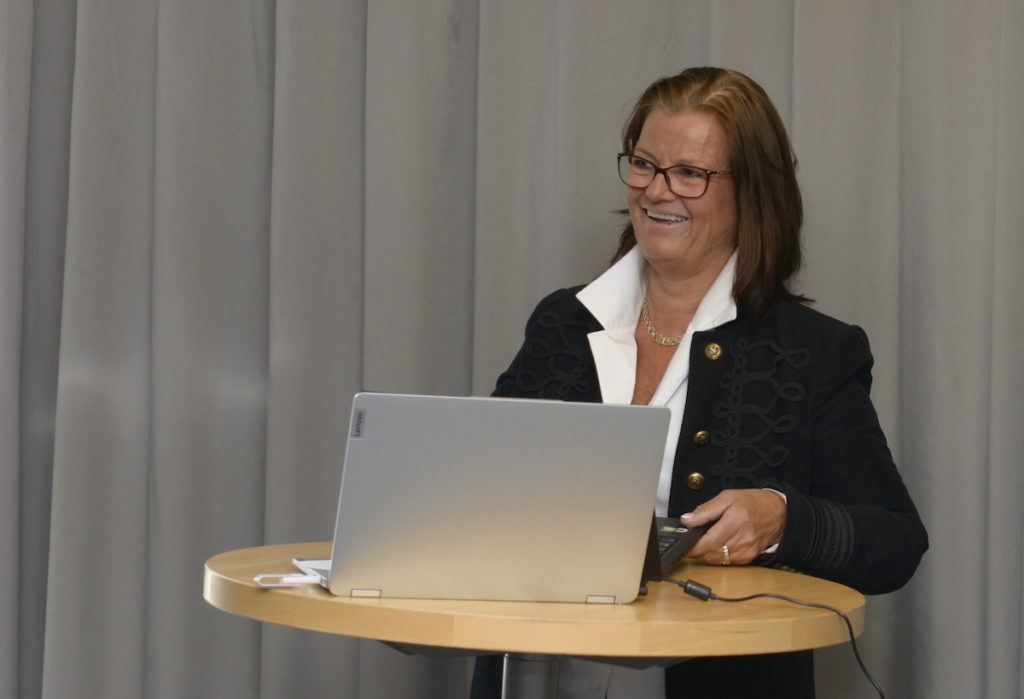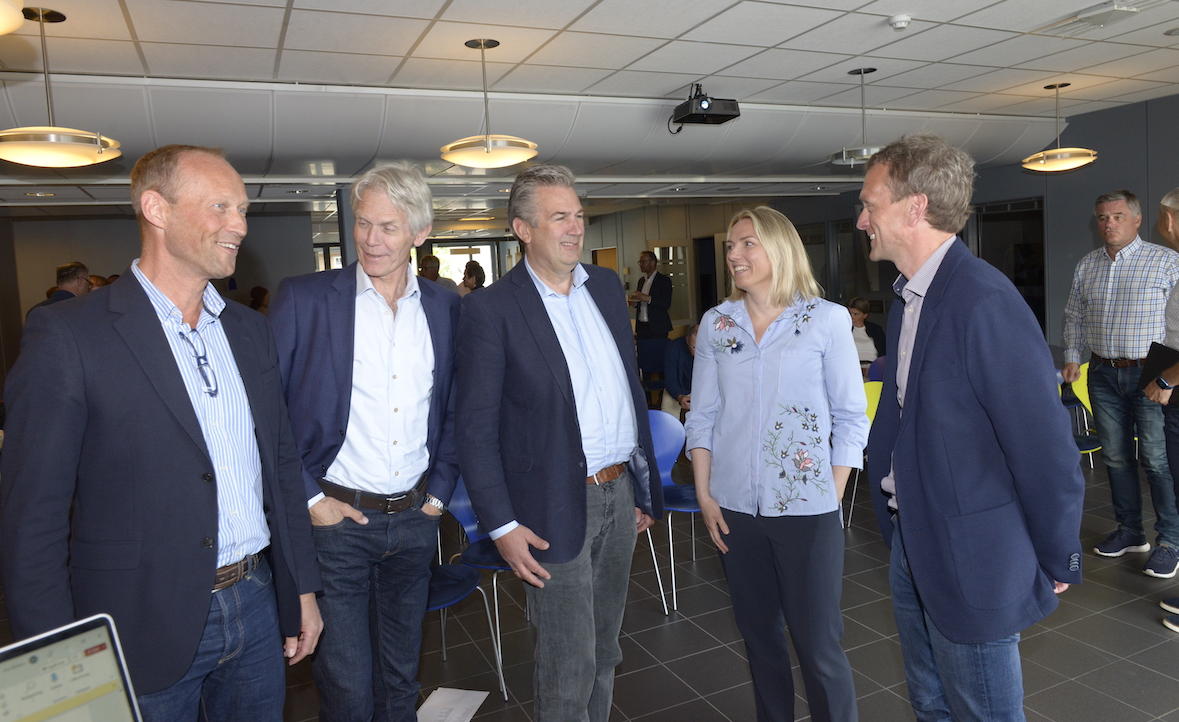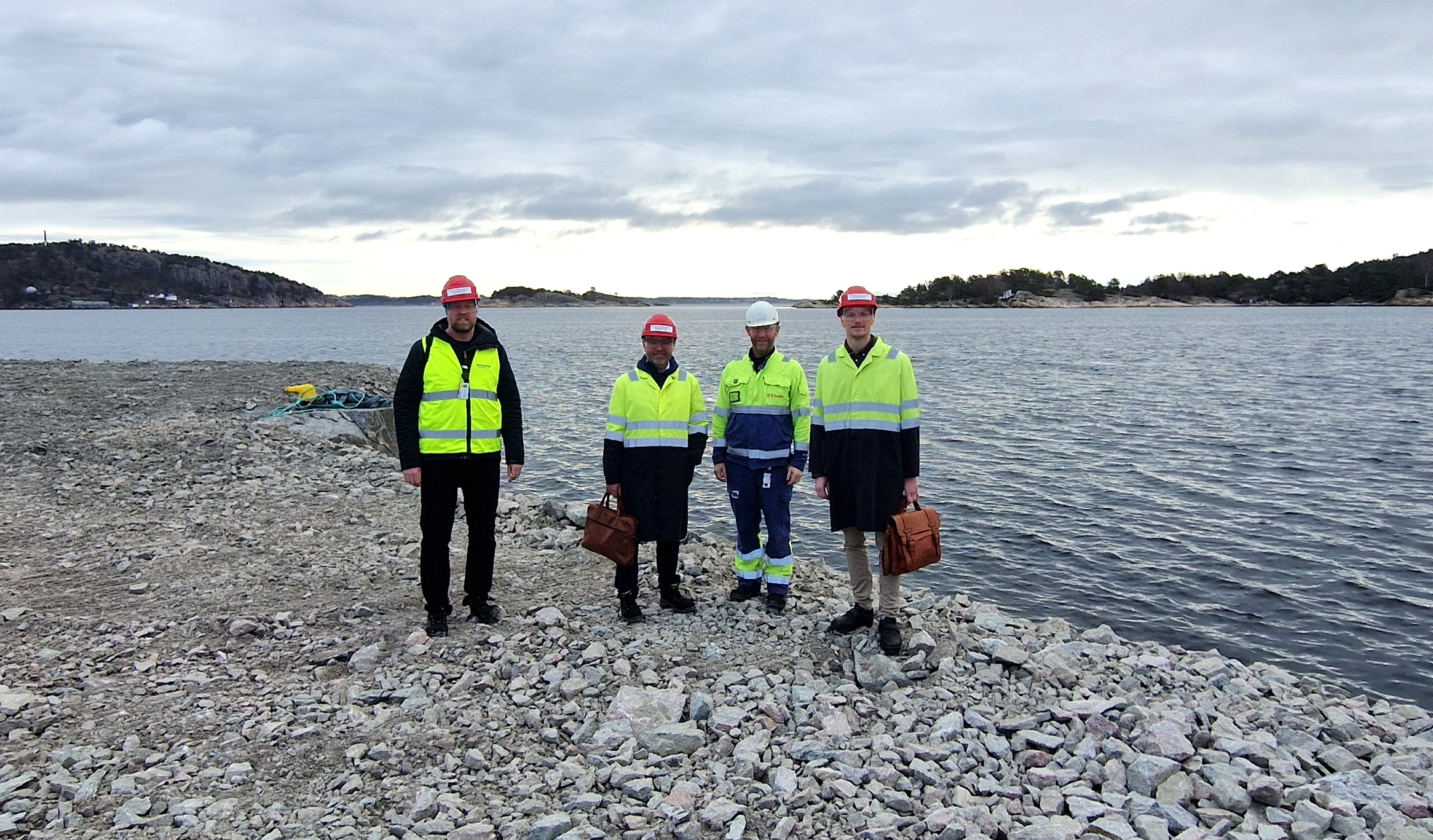This was the message from several of the speakers at the offshore wind conference at Lindesnesregionen Næringshage in Mandal last week. 40 representatives from the local and regional business community met to learn more about what it takes to succeed in the offshore wind industry.
Rita Schage, Senior Adviser at Innovation Norway, concluded that large parts of the Norwegian supplier industry is not ready to compete for the large contracts from the rapidly growing offshore wind industry.
“It is wrong to think that our long experience in offshore oil and gas will secure market shares. The rules of the offshore wind game are different. There are more players, the margins are smaller, and the risks are greater,” said Schage.
In order to assist the Norwegian supplier industry, Innovation Norway has launched an entry program for offshore wind. Free of charge, it aims to accelerate the competitiveness of the supplier industry. The program focuses on delivering competence and connecting stakeholders through online and physical workshops.
“Norwegian suppliers to the oil, gas and maritime sector that aims to pivot to the offshore wind industry, will benefit from this program,” said Schage.
SIZE MATTERS
Ingvar Apeland, CEO at Ocean Ventus, urged the audience to think big. Expensive one-of-a-kind solutions that worked well in the petroleum business, will not fly in offshore wind. Ocean Ventus claim to have developed a floating chassis solution for offshore wind turbines that can be produced on a large scale at a lower price than competitors’ products.
“We think big and develop complete, standardized solutions for the production, assembly and delivery of floating wind turbines. Our goal is to establish a factory in Norway,” said Apeland. He offered the following advice: “Think high volume and low cost. And don’t give up if you don’t succeed the first time.”
Rune Johnsen, CEO at NOV Norway, confirmed that cost-effective production and standardized solutions are important for anyone who wants to succeed. NOV is now using its industrial expertise from oil and gas to acquire a position in offshore wind.
“For example, we are developing a specialized vessel for installing wind blades offshore. This is a time-consuming operation that normally requires expensive vessels with large cranes. With our new vessel, Sjøhest, we can carry out this operation faster and cheaper,” said Johnsen.
Å Energi, in collaboration with the world-leading renewables player Corio Generation, is participating in the competition for licenses to develop both Sørlige Nordsjø II and Utsira Nord. Øystein Nilsen, Senior Advisor Offshore Wind at Å Energi, believes that the Norwegian supplier industry should have the ambition to capture at least 60 percent of the deliveries to offshore wind in the Norwegian sector.
“Norway should put in place a roadmap for the development of Norwegian offshore wind resources and a sector plan that links authorities, developers and the supplier industry”, said Nilsen.
He says Norwegian supplier companies should focus on areas in which they have the best leverage for success. That could be deliveries of subsea cables between turbines and land, floating and subsea converter stations, marine equipment and dedicated support vessels.




